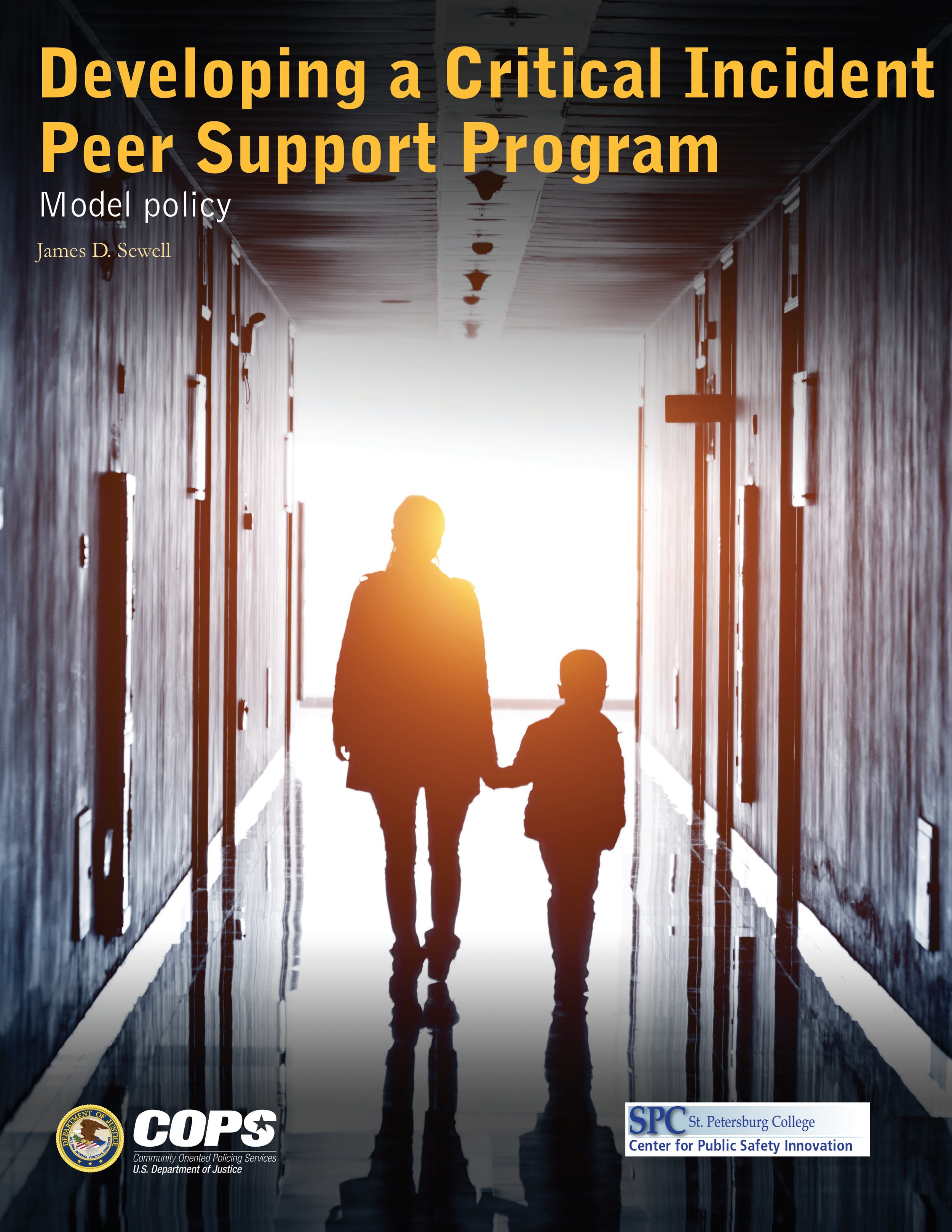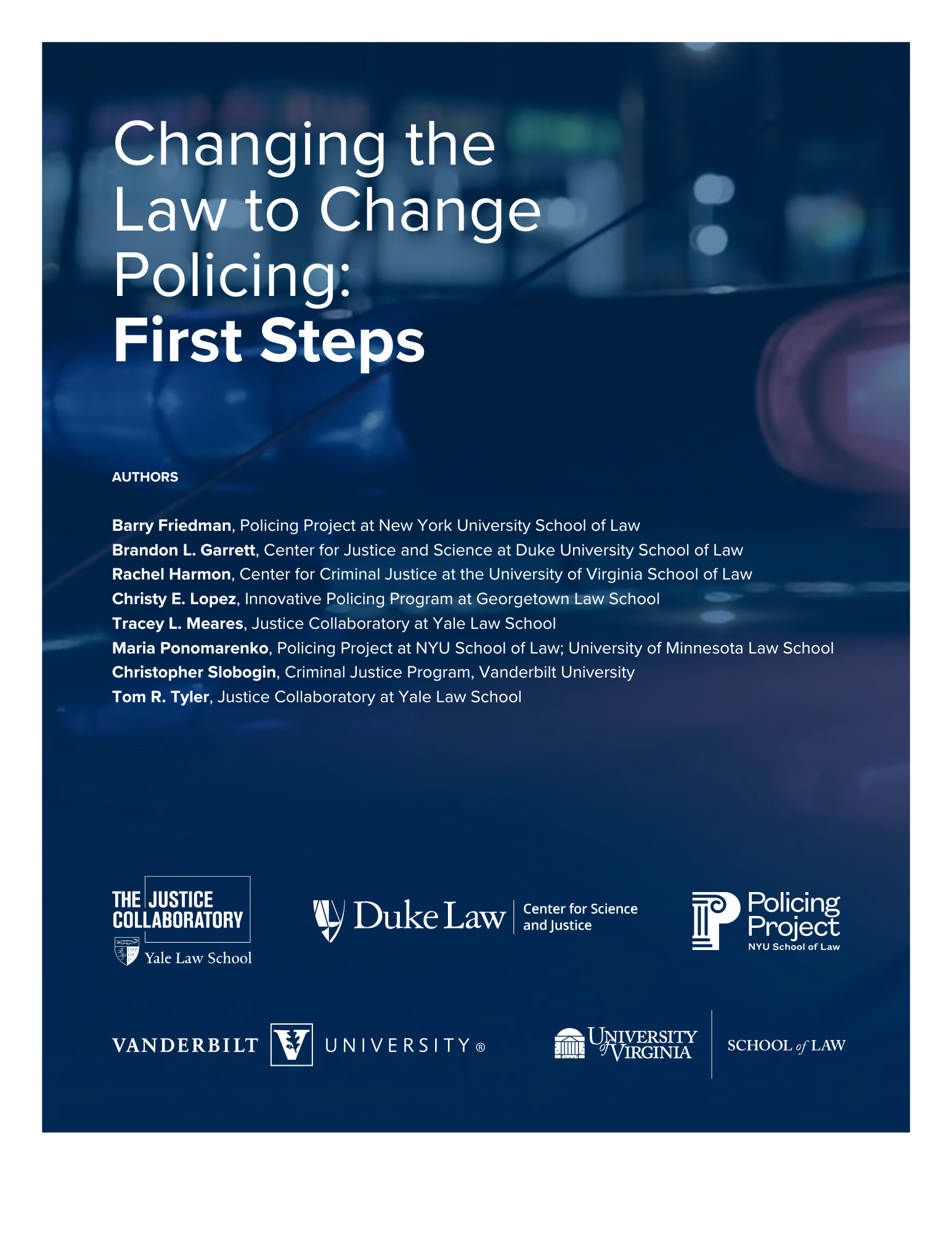By James D. Sewell
Since 2000, law enforcement executives have become increasingly aware of the impact of occupational stress on the safety and wellness of their sworn and civilian employees. As a consequence, agencies have devoted increased attention to enhanced leadership practices, a greater emphasis on physical fitness, and the expansion of programs that support the psychological and emotional health of their personnel.
Included among the latter efforts have been a proliferation of employee assistance programs; increased use of in-house and contract psychologists, especially in assessing fitness for duty; expanded use of agency chaplains; and better paraprofessional support for their personnel through the development and use of peer support teams.
The idea of peer support dates back to the early 1970s with efforts within agencies—such as those in Boston, New York, and Chicago—to deal with alcoholism in their police ranks. Citing the successes of groups such as Alcoholics Anonymous, Police Officer Ed Donovan, who had been attending AA meetings to deal with his own abuse issues, formed the Boston Police Stress Program. Donovan and his colleagues were able to convince the Boston Police Commissioner to implement what we would now call a peer support program for police officers and their families, perhaps the first of its kind in the nation.
The peer support concept holds that police employees are more likely to discuss psychological and emotional issues with someone who understands their job and the types of stress they may undergo than with a psychological professional who brings expertise but no such understanding to the conversation. This approach at ensuring the emotional health of law enforcement personnel assumes that a basic level of training is necessary—and empathy is particularly critical—in allowing the paraprofessional to provide necessary support and to be able to listen, assess, and (as necessary and appropriate) refer a troubled colleague to proper and professional assistance. As Kamena and his co-authors have noted:
The mission of a peer support program is to provide emotional, social, and practical support to police personnel during times of personal or professional crisis. It may also offer peer-to-peer assistance in anticipating and addressing other potential challenges or difficulties. (Kamena et al. 2011, 80)
The literature discussing the use of peer support programs to effectively deal with the stress of police employees points to the strengths and weaknesses of such programs. In an early work on using peer supporters, Finn and Tomz (1998) identified benefits and weaknesses of peer supporters. Among the positives, they suggest that peer support personnel
provide instant credibility and ability to empathize;
assist fellow employees who are reluctant to talk with mental health professionals;
recommend the program to other employees by attesting credibly to their confidentiality and concern;
provide immediate assistance due to accessibility;
detect incipient problems because of their daily contact with coworkers;
are less expensive than professionals. Yet, they caution, peer support members
cannot provide the professional care that licensed mental health practitioners can;
may try to offer full-scale counseling that they are not equipped to provide;
may be rejected by employees who want to talk only with a professional counselor;
may be avoided by employees because of the fear that problems will not be kept confidential;
require time, effort, and patience to screen, train, and supervise;
may expose themselves and the department to legal liability.
Recognizing that peer support programs offer an effective complement to the provision of professional mental health services in contemporary law enforcement agencies, this paper will examine three areas:
The elements of an effective peer support program
Confidentiality in such a program
The activities of five existing peer support programs
Washington, DC: Office of Community Oriented Policing Services. 2021. 88p.





















